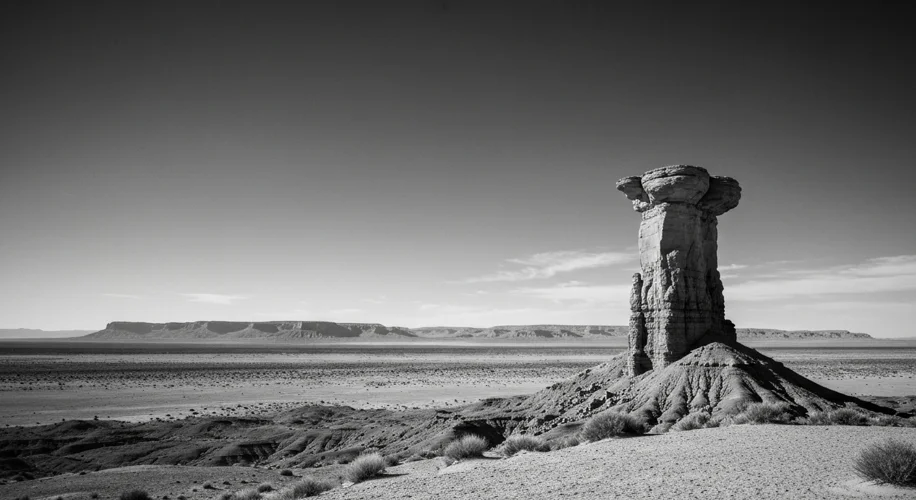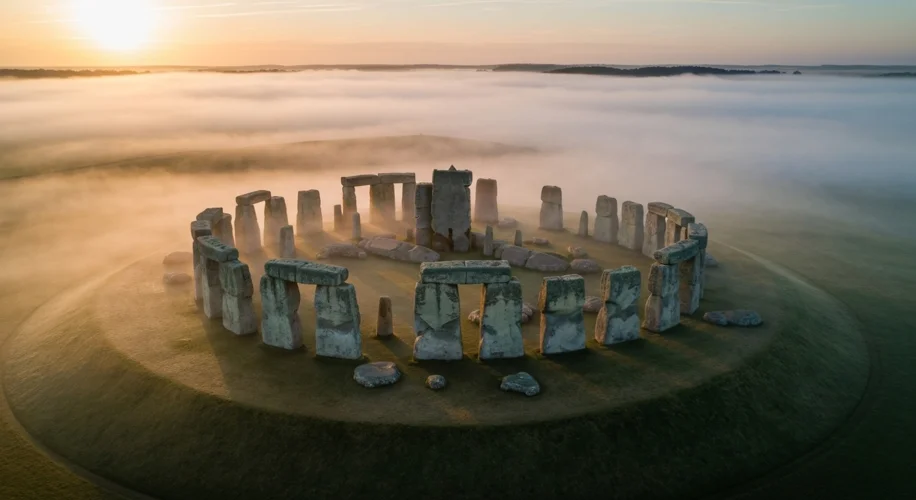The iconic silhouette of Stonehenge, etched against the Wiltshire skyline, has long conjured images of Druids and ancient rituals. For centuries, this enigmatic circle of sarsen stones and bluestones has defied easy explanation, its colossal stones hauled from miles away and erected with a precision that continues to astound. But who were the masterminds behind this prehistoric wonder? Recent archaeological revelations are challenging long-held assumptions, pointing not to a single, monolithic culture, but to a complex tapestry of peoples and a purpose far grander than once imagined.
For generations, the prevailing narrative attributed Stonehenge’s construction to the Neolithic people of southern Britain, a farming society that flourished around 2500 BCE. This period, often referred to as the ‘Age of Stonehenge,’ saw the monument’s most recognizable phase, with the erection of the massive sarsen stones and the iconic trilithons. However, the story of Stonehenge is not a single act, but a millennia-long saga of construction, adaptation, and reverence.
Evidence suggests that the site’s origins stretch back even further, to around 3100 BCE, with the creation of the initial earthwork enclosure and ditch. This earlier phase hints at a different, perhaps more ancestral, connection to the land. The true puzzle, however, lies in the arrival of the bluestones, smaller but energetically significant stones, which were transported over 150 miles from the Preseli Hills in Wales. How were these heavy stones moved across such a vast distance, and what spiritual or practical significance did they hold to warrant such an arduous undertaking?

New research, utilizing advanced dating techniques and analysis of artifacts found at the site, is beginning to paint a more nuanced picture of Stonehenge’s builders. DNA analysis of human remains discovered nearby has revealed a diverse population, suggesting that the monument was not solely the work of a single, isolated community. Instead, it appears to have been a focal point for people from various regions, brought together by a shared reverence for the site.
One compelling theory emerging from recent excavations centers on the Amesbury Archer, a high-status individual buried near Stonehenge around 2300 BCE. His grave yielded a wealth of grave goods, including copper knives, gold hair ornaments, and pottery, alongside an unparalleled collection of flint arrowheads. Crucially, the analysis of his teeth revealed he originated from the Alpine region of Europe. His presence and burial at Stonehenge suggest that the monument was a significant draw, possibly a pilgrimage destination, for people from the continent, long before the traditional Neolithic builders took center stage.
Furthermore, the discovery of artifacts like beaker pottery and wristguards points to the influence of the Beaker people, a culture that spread across Europe from around 2500 BCE. While not solely responsible for Stonehenge’s initial construction, their arrival and integration into existing societies likely played a role in the monument’s ongoing development and the beliefs associated with it.
The purpose of Stonehenge remains a subject of intense debate. While its astronomical alignments, particularly with the solstices, are undeniable, suggesting a sophisticated understanding of celestial cycles, the sheer effort involved points to something more profound. Was it a temple, an astronomical observatory, a burial ground, or a combination of all three? The discovery of numerous cremated human remains, dating from the earliest phases of construction through to the Iron Age, indicates a continuous connection to the site as a place of burial and remembrance.
The impact of Stonehenge extends far beyond its physical stones. It represents a monumental achievement of human cooperation, engineering, and spiritual devotion. The latest discoveries suggest that the people who built and revered Stonehenge were not isolated barbarians, but part of a wider network of exchange and belief that spanned across prehistoric Europe. The ‘forgotten builders’ were a diverse group, united by a shared vision, a profound connection to the cosmos, and a desire to leave an indelible mark on the landscape.
As archaeological techniques continue to evolve, so too does our understanding of Stonehenge. Each new artifact, each subtle shift in dating, peels back another layer of mystery, revealing not just who built this marvel, but how and why. The story of Stonehenge is a dynamic one, a testament to the enduring power of human ingenuity and the timeless quest to connect with the sacred and the sublime.

